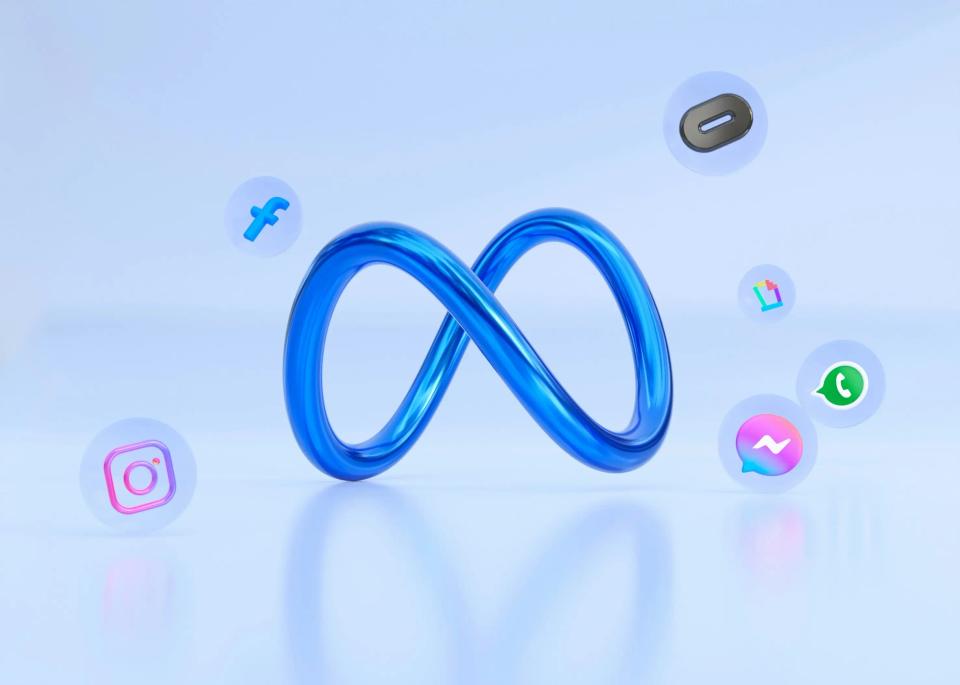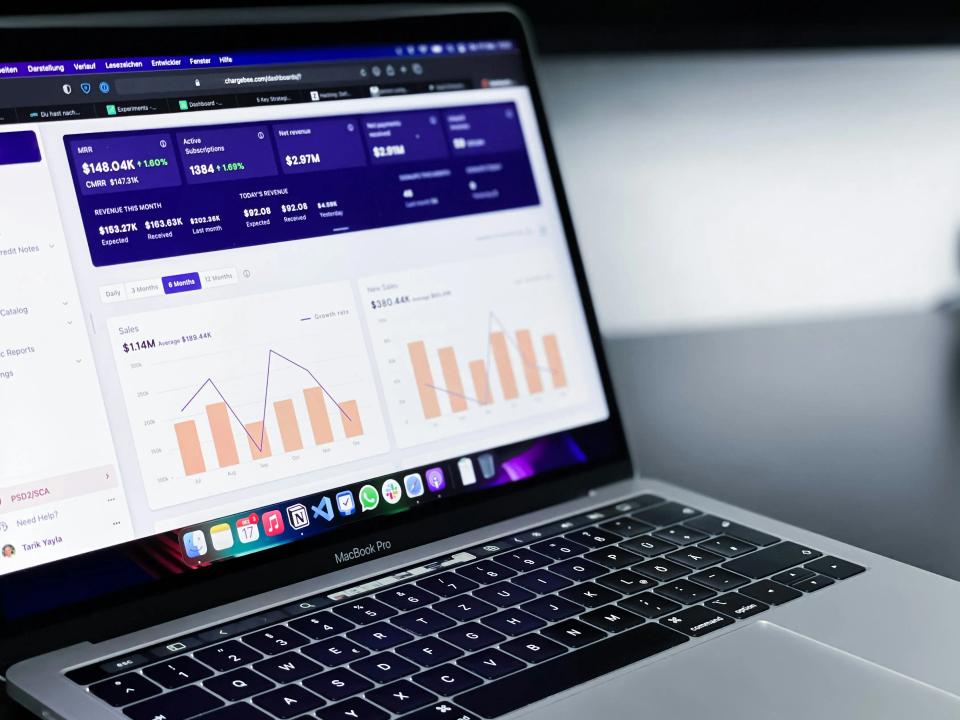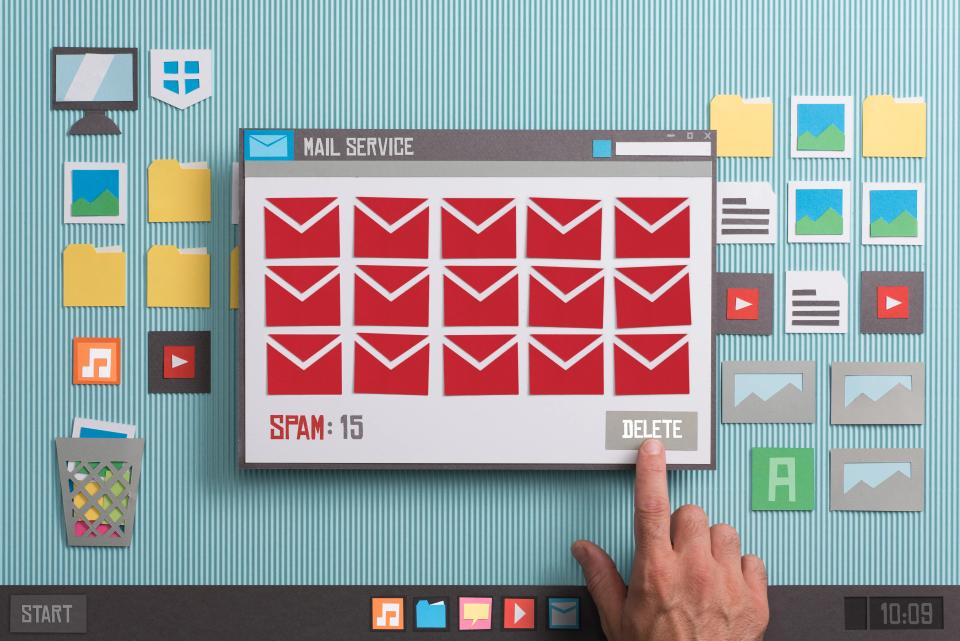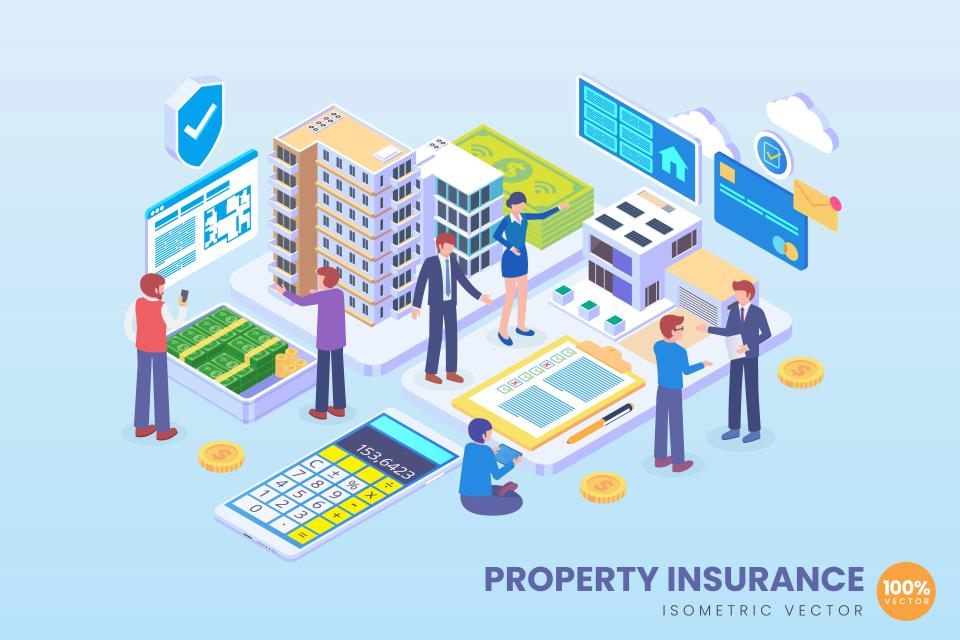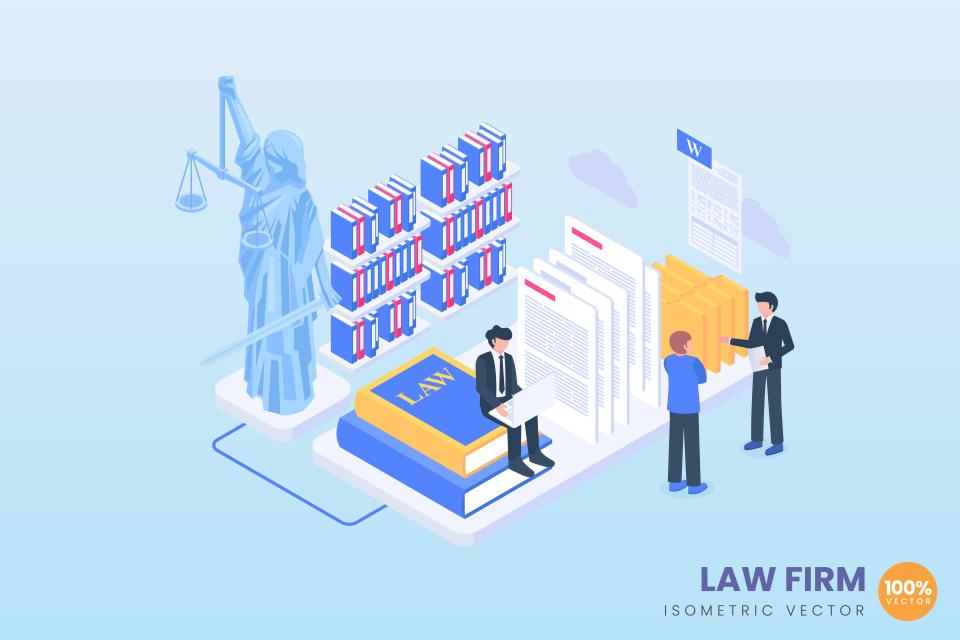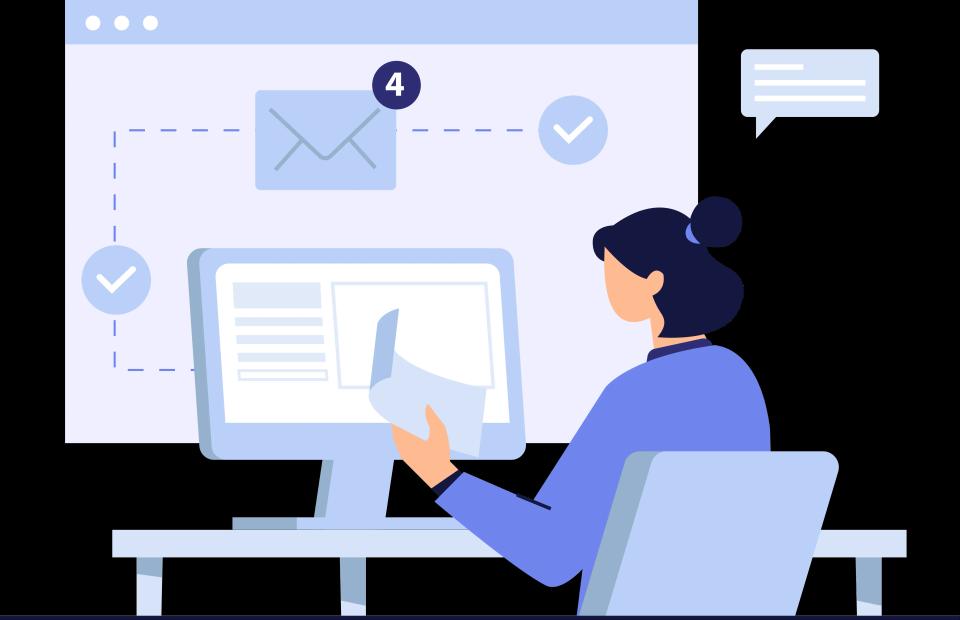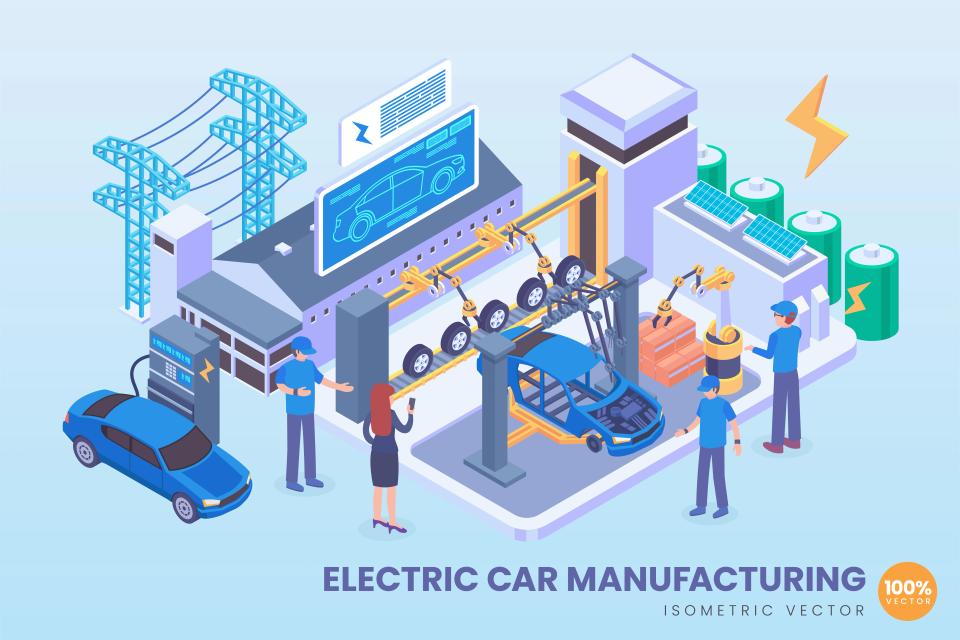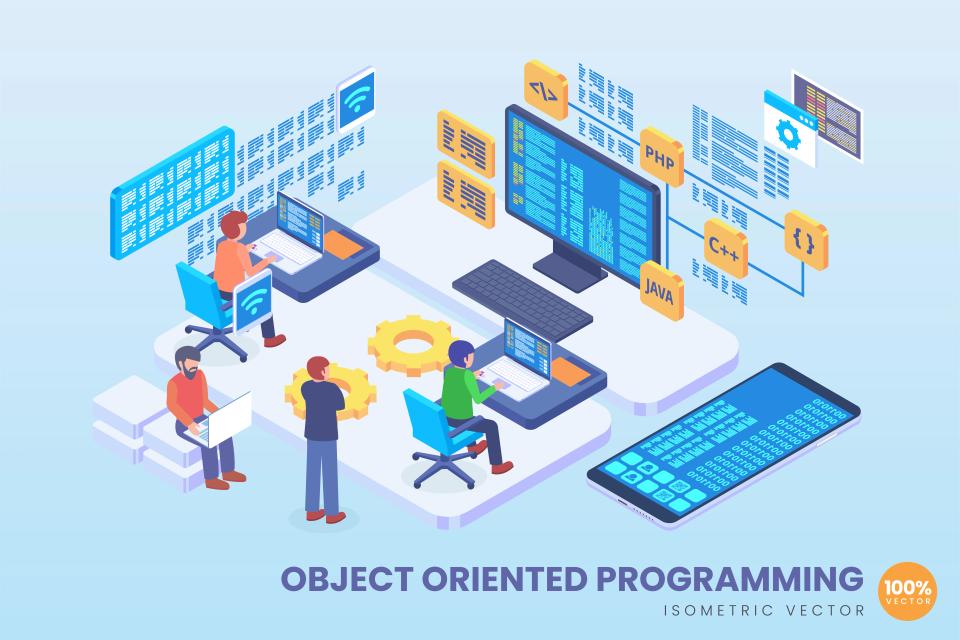Tired of shouting into the void, hoping your ideal B2B clients will magically find you? Imagine a world where you connect directly with decision-makers, precisely when they're looking for solutions like yours. The staggering truth is that LinkedIn generates a whopping 80% of B2B social media leads, according to insights compiled by Engage AI and New Engage AI. This isn't just another social platform; it's a goldmine for B2B growth.
Many B2B companies grapple with the monumental task of cutting through the noise. Reaching the right people—the ones who hold the purse strings and make critical purchasing decisions—can feel like searching for a needle in a haystack. Generating a steady stream of quality leads, not just any leads, is a constant battle that drains resources and frays nerves.
But what if there was a laser-focused solution, built from the ground up for the B2B arena? Enter LinkedIn Ads. This powerhouse platform offers a direct line to over 65 million B2B decision-makers actively using the network, as highlighted by Engage AI and Business Dasher. Throughout this guide, we'll dissect the strategies to master LinkedIn targeting, optimize your budget for maximum ROI, craft creatives that convert, and deploy advanced tactics to give you an unbeatable edge. At CaptivateClick, we understand that strategic digital marketing, especially on specialized platforms like LinkedIn Ads, is the cornerstone of modern B2B success and achieving sustainable growth.
Why LinkedIn Ads are a Game-Changer for B2B Businesses
Think of LinkedIn not just as a resume site, but as the world's largest professional coliseum where business gets done. It's where industry leaders congregate, deals are forged, and careers are built. This inherently professional environment makes it uniquely potent for B2B marketers aiming for serious growth and market dominance.
The true magic of LinkedIn Ads lies in its unparalleled targeting capabilities. Forget casting a wide, wasteful net. Here, you can pinpoint decision-makers by job title, specific industry, company size, seniority level, skills, and so much more. This precision is a godsend for account-based marketing (ABM) approaches, allowing you to focus your firepower on the exact companies and individuals that matter most to your bottom line.
This laser focus translates directly into higher-quality leads. Because you're reaching professionals in their work mindset, the leads generated are often more qualified and further along the buying cycle. In fact, businesses using LinkedIn Ads often experience 2x higher conversion rates compared to other platforms, as noted by Engage AI and Blue Atlas Marketing. Beyond lead generation, consistent, valuable advertising on LinkedIn positions your brand as a thought leader, building credibility and trust within your industry. When you're serious about "LinkedIn ads for B2B," you're serious about becoming an authority.
Laying the Foundation: Setting Up Your LinkedIn Campaigns for Success
Before you can conquer, you must prepare. A winning LinkedIn Ads strategy starts with a rock-solid foundation. This means getting crystal clear on your objectives, deeply understanding your ideal customer, and ensuring your technical setup is flawless.
Defining Clear Objectives
What, exactly, do you want your LinkedIn Ads to achieve for your business? Are you aiming to skyrocket brand awareness, drive a flood of targeted traffic to your website, or, most critically for many B2B players, generate a pipeline bursting with qualified leads? Perhaps you're promoting a crucial industry event and need to fill every seat.
LinkedIn's Campaign Manager is intuitively designed around these goals, offering objective-based campaign setups that align your ad delivery with your desired outcomes, whether it's Lead Generation, Website Visits, or Engagement. Choosing the right objective from the outset is paramount; it tells LinkedIn's algorithm precisely what success looks like for you, ensuring your budget works smarter, not just harder. This clarity prevents wasted spend and propels you towards tangible results.
Understanding Your Ideal Customer Profile (ICP) for B2B
Who are you really trying to reach? In B2B, a vague demographic understanding won't cut it. You need to dive deep into firmographics—think company size, industry, revenue—and specific professional characteristics like job title, seniority, and even skills.
Crafting a detailed Ideal Customer Profile (ICP) is non-negotiable. For instance, are you targeting "Marketing VPs in SaaS companies with 100-500 employees in North America"? The more granular your ICP, the more effectively you can leverage LinkedIn's targeting. This meticulous approach to defining ICPs using firmographics ensures your message resonates powerfully with the right audience, dramatically increasing relevance and response.
Essential Setup: LinkedIn Campaign Manager & Insight Tag
Your command center for all LinkedIn advertising is the Campaign Manager. This is where you'll build, launch, and monitor your campaigns. But to truly unlock its power, one piece of code is indispensable: the LinkedIn Insight Tag.
This small snippet of JavaScript, once placed on your website, is a game-changer. The LinkedIn Insight Tag is critical for tracking conversions, understanding the professional demographics of your website visitors, and, crucially, enabling powerful retargeting campaigns. At CaptivateClick, our web development and conversion optimization services often involve ensuring seamless Insight Tag integration, because without this data, you're flying blind, unable to measure true ROI or re-engage interested prospects.
Mastering LinkedIn Ad Targeting: Reaching Your Ideal B2B Prospects
Once your foundation is set, the real excitement begins: targeting. LinkedIn's robust options allow you to zero in on your ideal B2B prospects with uncanny accuracy. This is where you transform broad outreach into precision strikes, ensuring your message lands squarely in front of those most likely to convert.
Core Targeting Options
LinkedIn offers a rich tapestry of targeting attributes. You can target based on Company Attributes, such as specific industries (e.g., "Computer Software"), company size (e.g., "51-200 employees"), or even by a list of named accounts for hyper-focused ABM campaigns. Then there are Job Experience Attributes, allowing you to select prospects by job titles (e.g., "Chief Technology Officer"), job functions ("Engineering"), seniority levels ("VP" or "Director"), and even specific skills they've listed on their profiles ("Project Management" or "Java").
While Education and Interests attributes might be less primary for many B2B campaigns, they can be invaluable for niche targeting or reaching professionals with specific academic backgrounds or affiliations. The platform's ability to facilitate job title targeting across millions of companies and professionals makes it an indispensable tool for any serious B2B marketer. This level of detail ensures your ad spend is concentrated on individuals who actually have the authority and need for your offerings.
Leveraging Matched Audiences
Beyond standard attribute targeting, LinkedIn's Matched Audiences feature opens up a new realm of possibilities. This powerful toolset allows you to connect with people who have already interacted with your brand or are on your existing lists. Website Retargeting lets you serve ads to users who've visited specific pages on your site—perhaps they viewed your pricing page but didn't convert. This re-engagement is incredibly effective, with some studies showing that Matched Audiences can improve ROI by as much as 70% by keeping your brand top-of-mind.
You can also utilize Contact List Uploads, targeting individuals from your existing CRM or email lists, ensuring your message reaches warm leads or current customers with tailored offers. For ABM strategies, Account Targeting is invaluable, allowing you to upload a list of target companies and focus your ads exclusively on employees within those organizations. These capabilities transform your existing data into highly effective advertising segments.
Audience Expansion & Predictive Audiences
What if you've found a sweet spot with your targeting but want to reach more people just like them? LinkedIn’s Audience Expansion feature can automatically find users similar to your defined target audience, broadening your reach without sacrificing too much relevance. More powerfully, Predictive Audiences (which evolved from Lookalike Audiences) leverage LinkedIn's AI to identify users who exhibit behaviors and characteristics similar to your existing converters or high-value customers.
Historically, features like Lookalike Audiences have demonstrated the ability to reduce Cost Per Lead (CPL) significantly, sometimes by as much as 22%. Using these expansion tools wisely—typically once you have a well-performing core audience—can be key to scaling your successful "B2B lead generation strategies" and tapping into new, qualified prospect pools. It’s about finding more needles in more haystacks, efficiently.
Niche Tip
For truly surgical precision, don't be afraid to layer your targeting criteria. For example, you could target "Marketing Managers" (Job Title) specifically within "SaaS companies" (Industry) that have "50-200 employees" (Company Size) and are located in "California" (Location). This multi-layered approach creates hyper-focused campaigns, ensuring maximum relevance and minimizing wasted impressions on unqualified individuals.
Smart Budgeting & Bidding Strategies for Optimal ROI
Pouring money into LinkedIn Ads without a smart financial plan is like trying to fill a leaky bucket. To achieve optimal Return on Investment (ROI), you need to understand the cost dynamics, choose the right bidding strategies, and manage your budget with a data-driven mindset. This is where your strategic acumen meets financial prudence to fuel sustainable growth.
Understanding LinkedIn Ad Costs
Let's be direct: LinkedIn Ads can be more expensive on a per-click basis than some other platforms. The average Cost Per Click (CPC) on LinkedIn typically ranges from $2 to $7, with Cost Per Mille (CPM, or cost per thousand impressions) often around $6.59. However, this perceived higher cost is often offset by the superior quality of leads generated from a professional network.
Several factors influence these costs, including the competitiveness of your target audience (high-demand decision-makers cost more to reach), your ad relevance score (better ads can cost less), and your bidding strategy. Understanding these levers is the first step to controlling your spend effectively and ensuring every dollar works towards your B2B objectives.
Choosing the Right Bidding Strategy
LinkedIn offers several bidding strategies, and your choice should align directly with your campaign objectives. If your goal is website traffic, Cost Per Click (CPC) bidding, where you pay each time someone clicks your ad, makes sense. For brand awareness campaigns, Cost Per Mille (CPM), paying per thousand impressions, might be more appropriate.
For Message Ads, there's Cost Per Send (CPS). LinkedIn also offers Automated Bidding, where its algorithm optimizes bids to achieve your objective (e.g., maximize conversions). Starting with automated bidding can be wise if you're new, but as you gather data, manual bidding can offer more control for seasoned advertisers aiming to fine-tune performance.
Setting and Managing Your Budget
You have control over how much you spend through daily or lifetime budgets. A daily budget sets a maximum amount LinkedIn can spend per day, offering consistent ad delivery. A lifetime budget sets a total spend for the entire campaign duration, which can be useful for campaigns with fixed end dates, like event promotions, as lifetime budgets often perform better for such time-sensitive initiatives.
A prudent approach is to start with a modest budget, test different audiences and creatives, and then scale up what works. Don't be afraid to allocate more funds to high-performing campaigns and pause or adjust those that aren't delivering. This iterative process is key to maximizing your advertising efficiency.
Data-Driven Approach
Your budget isn't a "set it and forget it" item. Constant vigilance and a data-driven approach are crucial for optimizing spend and achieving a better Return on Ad Spend (ROAS). Regularly monitor key metrics within LinkedIn Campaign Manager—clicks, conversions, cost per lead.
Are your ads driving valuable actions? Is your CPL within an acceptable range? By continuously analyzing performance data, you can make informed decisions to refine targeting, tweak bids, and reallocate budget to the most profitable segments of your campaigns, ensuring your investment yields the best possible results.
Crafting Compelling Ad Creatives & Copy That Convert B2B Leads
Even the most precise targeting and smartest budget will fall flat if your ads don't grab attention and compel action. In the sophisticated B2B landscape of LinkedIn, your ad creatives and copy must be professional, persuasive, and directly address the needs of your audience. This is where art meets science to turn impressions into valuable leads.
Choosing the Right LinkedIn Ad Formats
LinkedIn offers a diverse palette of ad formats, each suited to different objectives and content types. Sponsored Content (Single Image Ads, Video Ads, Carousel Ads) appears natively in the LinkedIn feed, making it excellent for promoting valuable content, sharing company updates, or driving brand awareness. For more direct, personalized outreach, Message Ads (formerly Sponsored InMail) deliver your message straight to a prospect's LinkedIn inbox, ideal for targeted invitations or high-value offers.
Dynamic Ads (Follower Ads, Spotlight Ads, Content Ads) leverage member profile data for personalization, making them highly relevant. And critically for "B2B lead generation strategies," LinkedIn Lead Gen Forms allow users to submit their information with pre-filled fields directly within the platform, drastically reducing friction. In fact, Lead Gen Forms can increase form completions by up to 30% due to their seamless user experience.
Best Practices for Ad Visuals
Your visuals are the first thing to catch a user's eye in a busy feed. Ensure they are professional, high-quality, and instantly communicate your brand's essence. Maintain brand consistency across all your ads; this aligns with the comprehensive branding services we champion at CaptivateClick, ensuring a cohesive and recognizable presence.
Your images or videos should have a clear focal point and avoid excessive text overlay, which can make them look cluttered and perform poorly. Think clean, crisp, and compelling. The goal is to stop the scroll and draw the viewer into your message.
Writing Persuasive Ad Copy for a B2B Audience
B2B decision-makers are busy; your copy needs to get straight to the point. Clearly address their specific pain points and unequivocally offer your solution. Vague promises won't cut it – they want to know how you can help them achieve their business goals, save time, or reduce costs.
Use strong, clear Calls-to-Action (CTAs) that tell them exactly what to do next – "Download Our Exclusive Whitepaper," "Request a Personalized Demo," or "Learn More About Our Solutions." Highlight your unique selling propositions (USPs) and the tangible benefits of engaging with your offer. Remember, personalized Message Ads can achieve open rates as high as 52%, proving the power of tailored communication.
The Power of A/B Testing
How do you know which headline resonates most, or which visual drives more clicks? You test. A/B testing is fundamental to optimizing your "LinkedIn advertising tactics." Systematically test different elements of your ads: headlines, body copy, visuals, CTAs, and even different ad formats against each other.
By isolating variables and measuring performance, you can identify what truly works for your specific audience. This iterative process of testing and refining is a core component of the A/B testing services we offer, because data-backed decisions lead to superior results. Indeed, rigorous A/B testing can reduce cost per lead by a significant 15-20% by pinpointing the most effective creative combinations.
Advanced LinkedIn Ads Tactics & Niche Tips for an Edge
Once you've mastered the fundamentals, it's time to explore advanced tactics that can give your B2B campaigns a significant competitive advantage. These strategies involve deeper dives into LinkedIn's features, more sophisticated segmentation, and leveraging content more effectively to nurture leads and drive conversions. This is where you elevate your game from proficient to dominant.
Maximizing LinkedIn Lead Gen Forms
LinkedIn Lead Gen Forms are powerful, but their true potential is unlocked with customization and integration. Don't just stick to the default fields; customize your forms with questions that help you better qualify leads upfront. This ensures your sales team receives prospects who are a genuinely good fit, saving time and resources.
Crucially, integrate your Lead Gen Forms directly with your CRM system. This seamless lead flow ensures prompt follow-up, which is vital in B2B sales. For instance, integrating LinkedIn leads into HubSpot CRM can reduce lead response time by as much as 50%, dramatically increasing the chances of conversion. This automation is key to efficient LinkedIn Outreach Campaigns.
Sophisticated Retargeting Strategies
Basic website retargeting is good, but sophisticated retargeting is better. Segment your website visitors based on their behavior. For example, someone who visited your pricing page is likely a hotter prospect than someone who only read a blog post; tailor your retargeting messages accordingly for these retargeting high-intent leads.
You can also retarget users who have engaged with your previous ads or watched a certain percentage of your video content. These engaged audiences are already familiar with your brand and are more receptive to further communication. Data shows that retargeting video viewers can improve demo sign-ups by an impressive 60%, showcasing the power of re-engaging warm audiences.
Content-Driven Ad Campaigns
B2B buyers crave valuable information. Use your LinkedIn Ads to promote high-value gated content such as whitepapers, in-depth case studies, exclusive webinar recordings, or comprehensive eBooks. This content-driven approach positions you as a thought leader and provides a compelling reason for prospects to share their contact information.
Campaigns promoting such gated content often generate significantly more qualified leads. Reports suggest that gated content can generate 50% more qualified leads when promoted via Sponsored Content. This strategy not only captures leads but also nurtures them by providing genuine value before they even speak to a salesperson.
Leveraging the LinkedIn Audience Network (Considerations)
The LinkedIn Audience Network (LAN) allows you to extend the reach of your campaigns to a network of third-party publisher websites and apps. The primary pro is increased reach, potentially getting your ads in front of more of your target audience beyond LinkedIn itself. However, the con is less control over exact ad placements compared to running ads solely on LinkedIn.
Consider using LAN when your primary goal is broad awareness or if your on-LinkedIn campaigns are hitting frequency caps. Always monitor performance closely to ensure the quality of traffic and leads from the Audience Network aligns with your objectives. It can be a useful tool for scaling, but requires careful oversight.
Niche Tip
For a more interactive and personalized experience, explore LinkedIn Conversation Ads. These ads allow you to create chatbot-like interactions within LinkedIn Messaging, offering multiple CTAs and guiding prospects through a decision tree. This format is excellent for surveys, event registrations, or product discovery, with some campaigns seeing 40% higher engagement rates with Conversation Ads due to their interactive nature.
Measuring Success & Optimizing for Continuous Growth
Launching your LinkedIn Ads is just the beginning. The real path to maximizing B2B growth lies in meticulous measurement, insightful analysis, and relentless optimization. Without a clear view of what's working and what's not, you're essentially navigating in the dark, hoping for the best.
Key Metrics to Track in LinkedIn Campaign Manager
LinkedIn Campaign Manager provides a wealth of data, but focusing on the right metrics is crucial. Keep a close eye on Impressions (how many times your ad was shown) and Clicks, which together give you your Click-Through Rate (CTR) – a key indicator of ad relevance. Beyond clicks, you must track Conversions (the desired actions taken, like form fills or downloads), your Cost Per Conversion (or Cost Per Acquisition), and your overall Conversion Rate.
For lead generation campaigns, Leads generated and your Cost Per Lead (CPL) are paramount, as these directly assess campaign profitability. Don't forget Engagement Rate (likes, comments, shares), especially for awareness or content promotion objectives. Regularly reviewing these tools for LinkedIn Ads analytics will illuminate your path to success.
Analyzing Performance & Making Data-Driven Decisions
Data without analysis is just noise. You need to regularly dive into your campaign performance reports and compare them against your initial objectives and benchmarks. Identify your top-performing ads, audiences, and creative elements – what common threads do they share?
Conversely, pinpoint underperforming elements. Are certain ads getting low CTRs? Are some audience segments yielding an unacceptably high CPL? Don't be afraid to pause these laggards and reallocate your precious budget towards what's proven to deliver results. This disciplined approach of pausing underperformers and reallocating budget can improve ROAS by 25%.
Iterative Optimization
LinkedIn advertising is not a "set it and forget it" endeavor. The B2B landscape, competitor activities, and even LinkedIn's platform itself are constantly evolving. Continuous testing and refinement are absolutely essential for sustained success and growth.
Treat your campaigns as living entities. Regularly A/B test new ad copy, visuals, targeting parameters, and even landing pages. Small, incremental improvements over time can lead to significant gains in performance and ROI. This commitment to iterative optimization is what separates thriving B2B advertisers from those who merely dabble.
Conclusion: Elevate Your B2B Marketing with Strategic LinkedIn Advertising
We've journeyed through the immense potential of LinkedIn Ads, from its unparalleled ability to connect you with B2B decision-makers to the nitty-gritty of crafting campaigns that truly convert. You've seen how effective targeting, smart budgeting, compelling creatives, and a commitment to continuous optimization are not just buzzwords, but the pillars of B2B dominance on this powerful platform. The fact is, LinkedIn boasts a 277% higher lead effectiveness compared to platforms like Facebook or X (formerly Twitter), justifying its position as a premier B2B marketing channel.
Mastering LinkedIn Ads empowers you to cut through the noise, reach the right people, and generate a consistent flow of high-quality leads that fuel real business growth. With 40% of B2B marketers rating LinkedIn as their top channel for high-quality leads, the evidence is clear: this is where serious B2B players make their mark. You now have the blueprint to transform your LinkedIn advertising from an expense into a powerful, revenue-generating engine.




